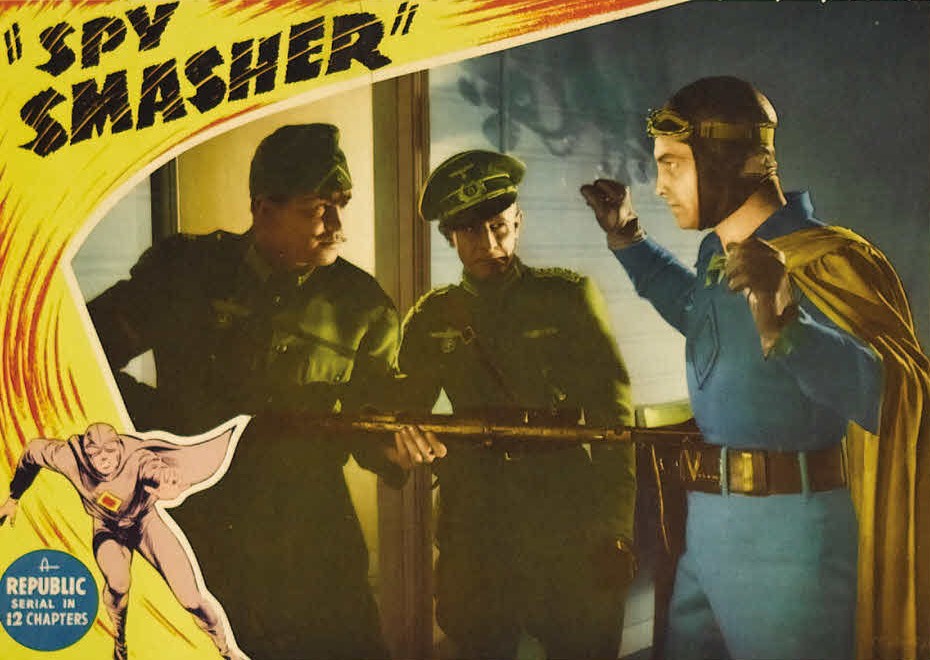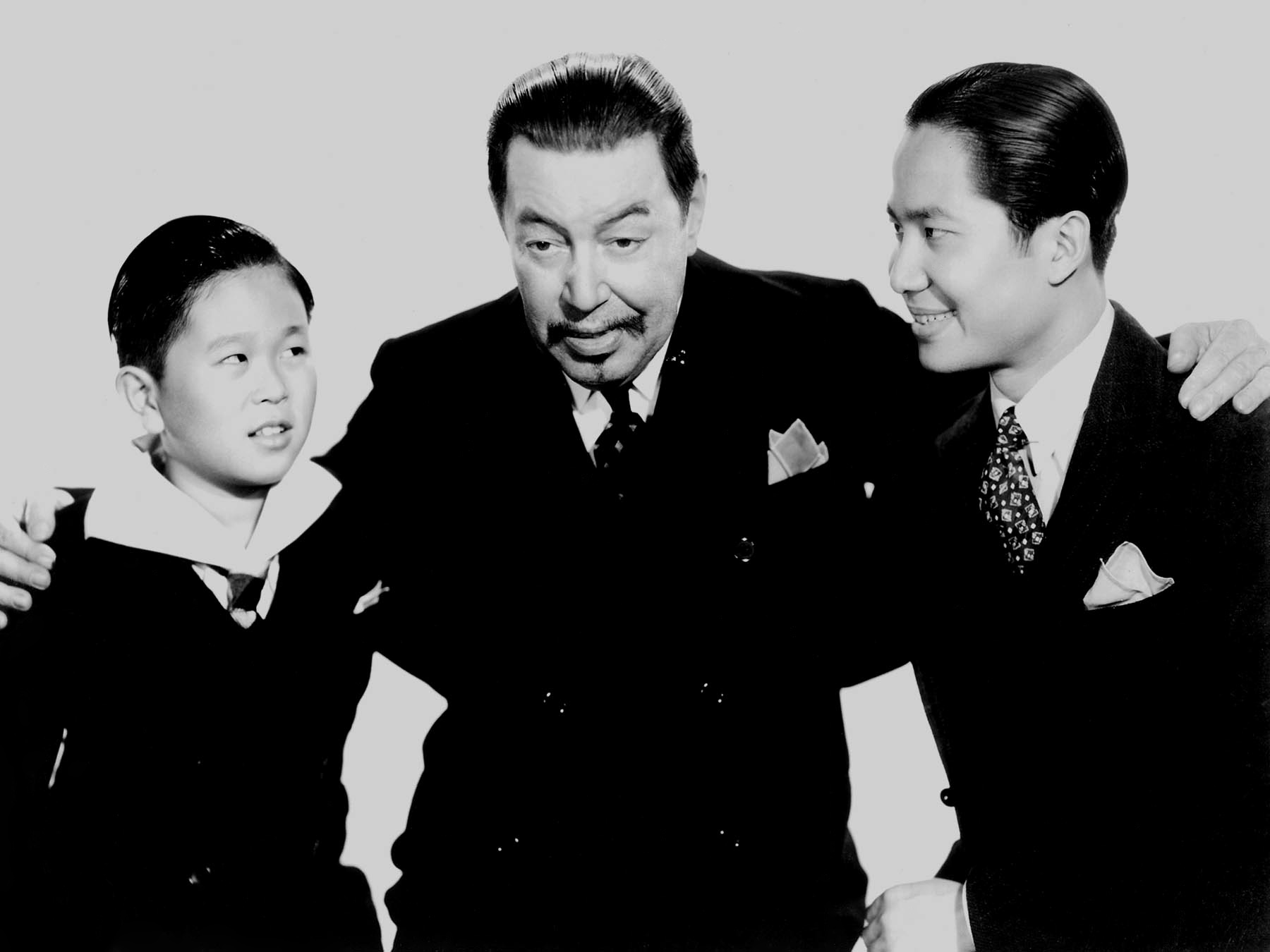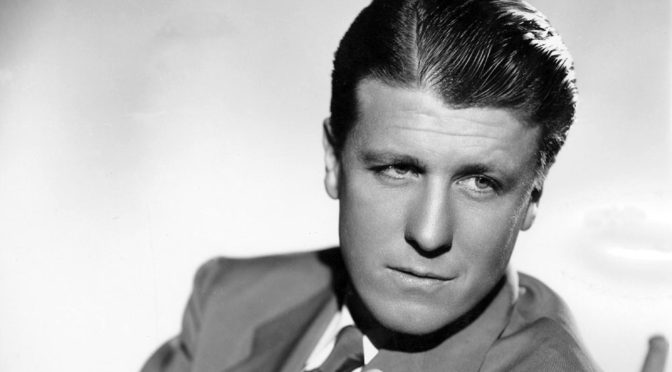Though Republic had the best stunt men in the business on hand, with the likes of Carey Loftin and David Sharpe and even Yakima Canutt as the film’s “Ramrod”, star Kane Richmond, who was quite an athlete, often insisted on doing his own stunts as “Spy Smasher” (this was back in the days when insurance issues were a lot more loose on movie sets).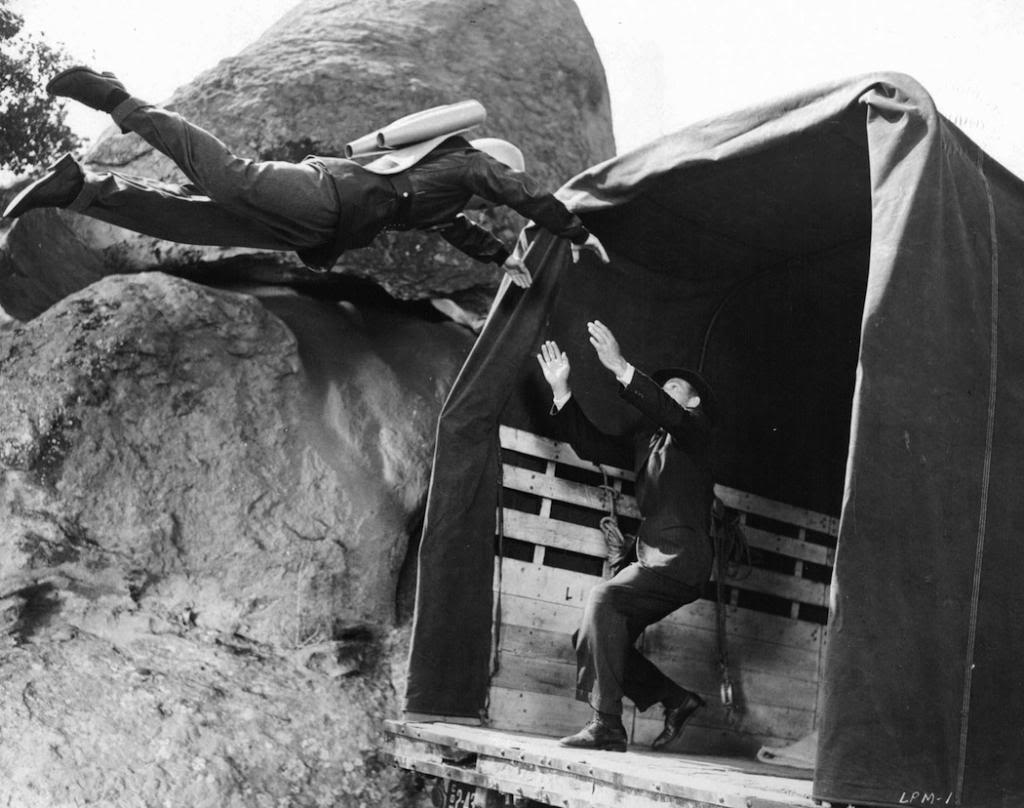
Spy Smasher has absolutely fabulous stunts that remind you how fun movies were before CGI came into existence. These knuckleheads go all out in the fight scenes – leaping around, flipping each other, bludgeoning one another with balsa wood chairs, Spy Smasher roars around on a motorcycle like a madman, a wooden tower gets blown up and collapses, a motor boat takes on a submarine, etc.
William C. Cline said in his book, In The Nick of Time, that even though Kane Richmond did a lot of his own stunts, he was still helped out from time-to-time on some of the most spectacular stunts, which were performed by Dave Sharpe who, for example, “rolled from an overturning motorcycle to leap atop a careening auto that plunged from a cliff.” and stuntman Carey Loftin, who “showed what a motorcycle could do in the hands of an expert.”
Spy Smasher was directed by William Witney for Republic Pictures.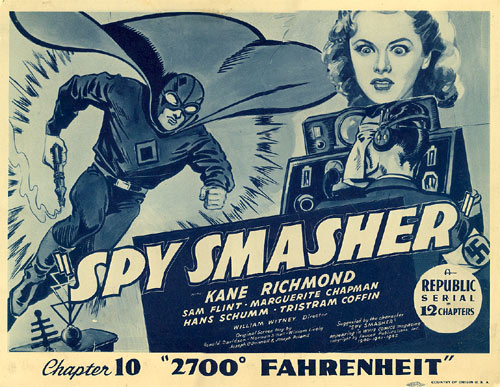
Things to look up (click on item to go to IMDB page or Website):
Glossary of film terms as defined by the Wikipedia – B movie – is a low-budget commercial motion picture that is not definitively an arthouse or pornographic film. In its original usage, during the Golden Age of Hollywood, the term more precisely identified a film intended for distribution as the less-publicized, bottom half of a double feature. Although the U.S. production of movies intended as second features largely ceased by the end of the 1950s, the term B movie continued to be used in the broader sense it maintains today. In its post–Golden Age usage, there is ambiguity on both sides of the definition: on the one hand, many B movies display a high degree of craft and aesthetic ingenuity; on the other, the primary interest of many inexpensive exploitation films is prurient. In some cases, both may be true.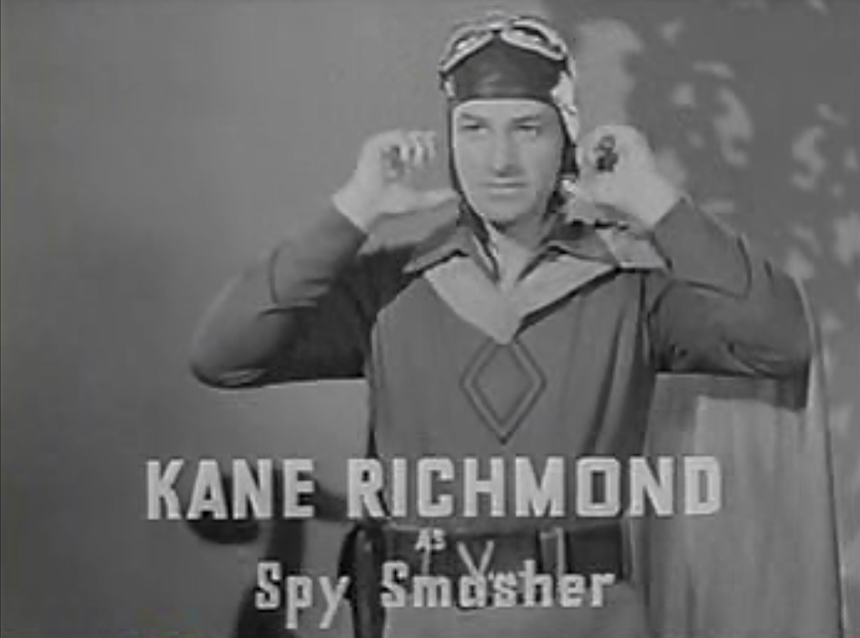
In either usage, most B movies represent a particular genre—the Western was a Golden Age B movie staple, while low-budget science-fiction and horror films became more popular in the 1950s. Early B movies were often part of series in which the star repeatedly played the same character. Almost always shorter than the top-billed films they were paired with, many had running times of 70 minutes or less. The term connoted a general perception that B movies were inferior to the more handsomely budgeted headliners; individual B films were often ignored by critics.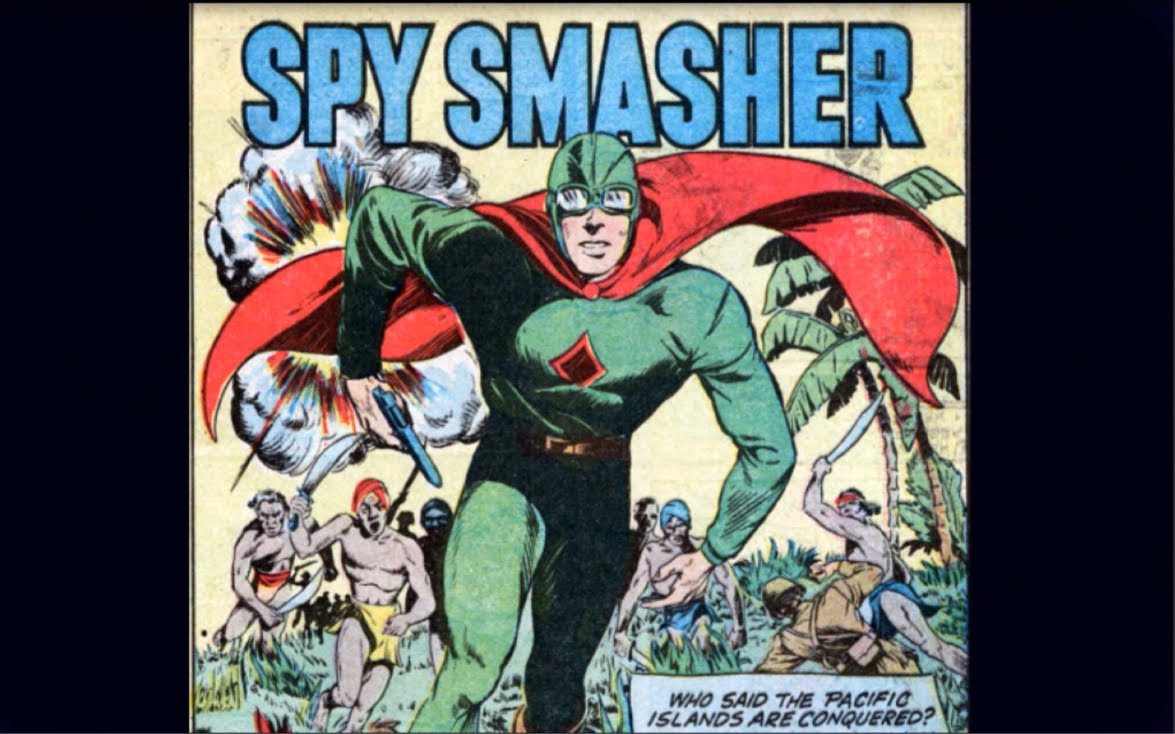
Latter-day B movies still sometimes inspire multiple sequels, but series are less common. As the average running time of top-of-the-line films increased, so did that of B pictures. In its current usage, the term has somewhat contradictory connotations: it may signal an opinion that a certain movie is (a) a genre film with minimal artistic ambitions or (b) a lively, energetic film uninhibited by the constraints imposed on more expensive projects and unburdened by the conventions of putatively “serious” independent film. The term is also now used loosely to refer to some higher budgeted, mainstream films with exploitation-style content, usually in genres traditionally associated with the B movie.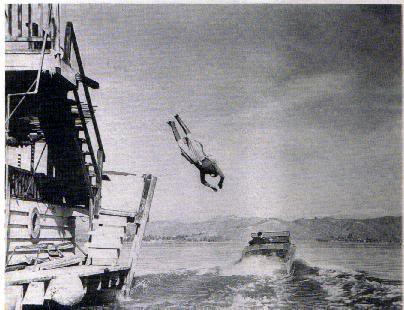
From their beginnings to the present day, B movies have provided opportunities both for those coming up in the profession and others whose careers are waning. Celebrated filmmakers such as Anthony Mann and Jonathan Demme learned their craft in B movies. They are where actors such as John Wayne and Jack Nicholson first became established, and they have provided work for former A movie actors, such as Vincent Price and Karen Black. Some actors, such as Béla Lugosi and Pam Grier, worked in B movies for most of their careers. The term B actor is sometimes used to refer to a performer who finds work primarily or exclusively in B pictures.

